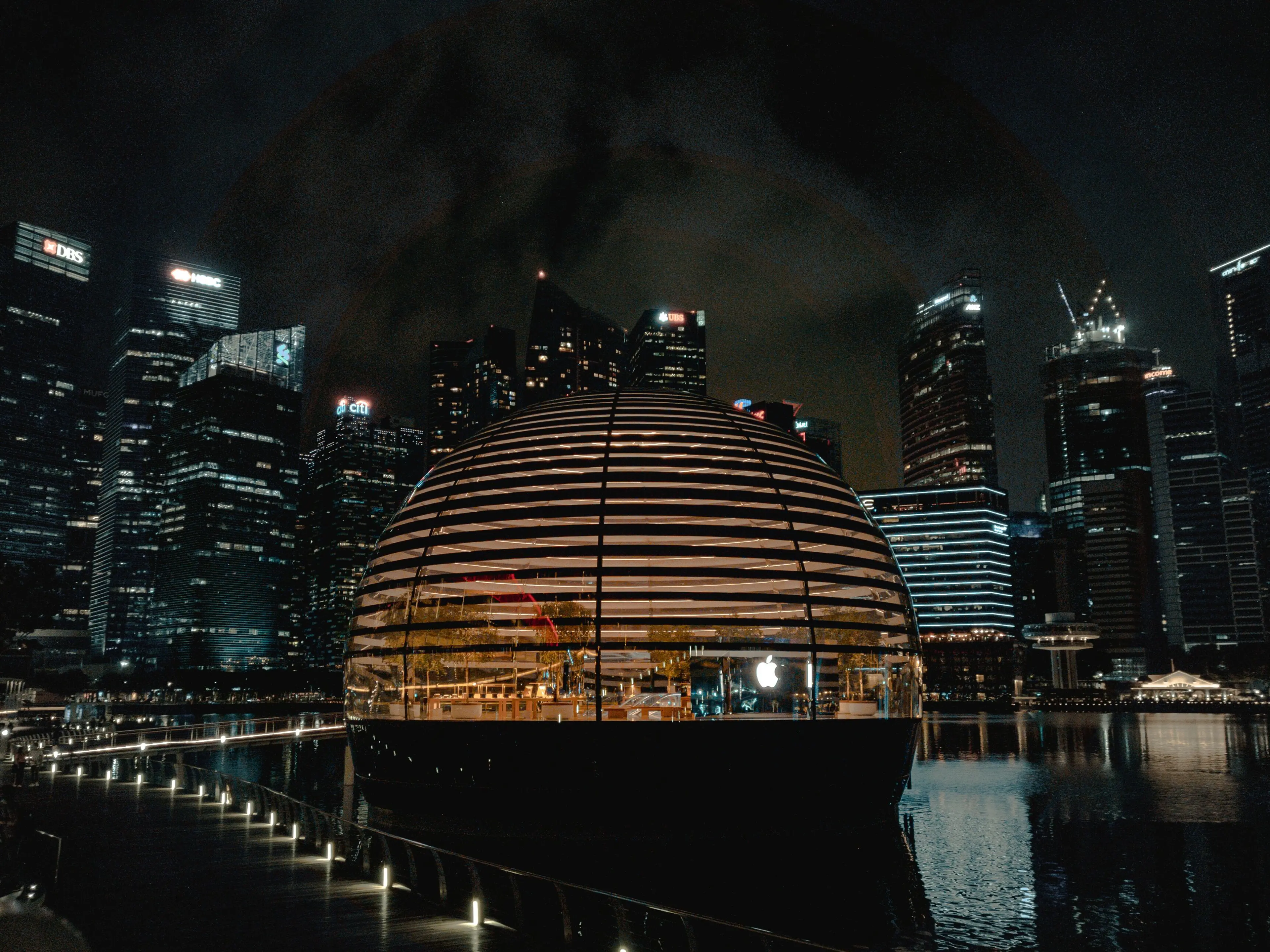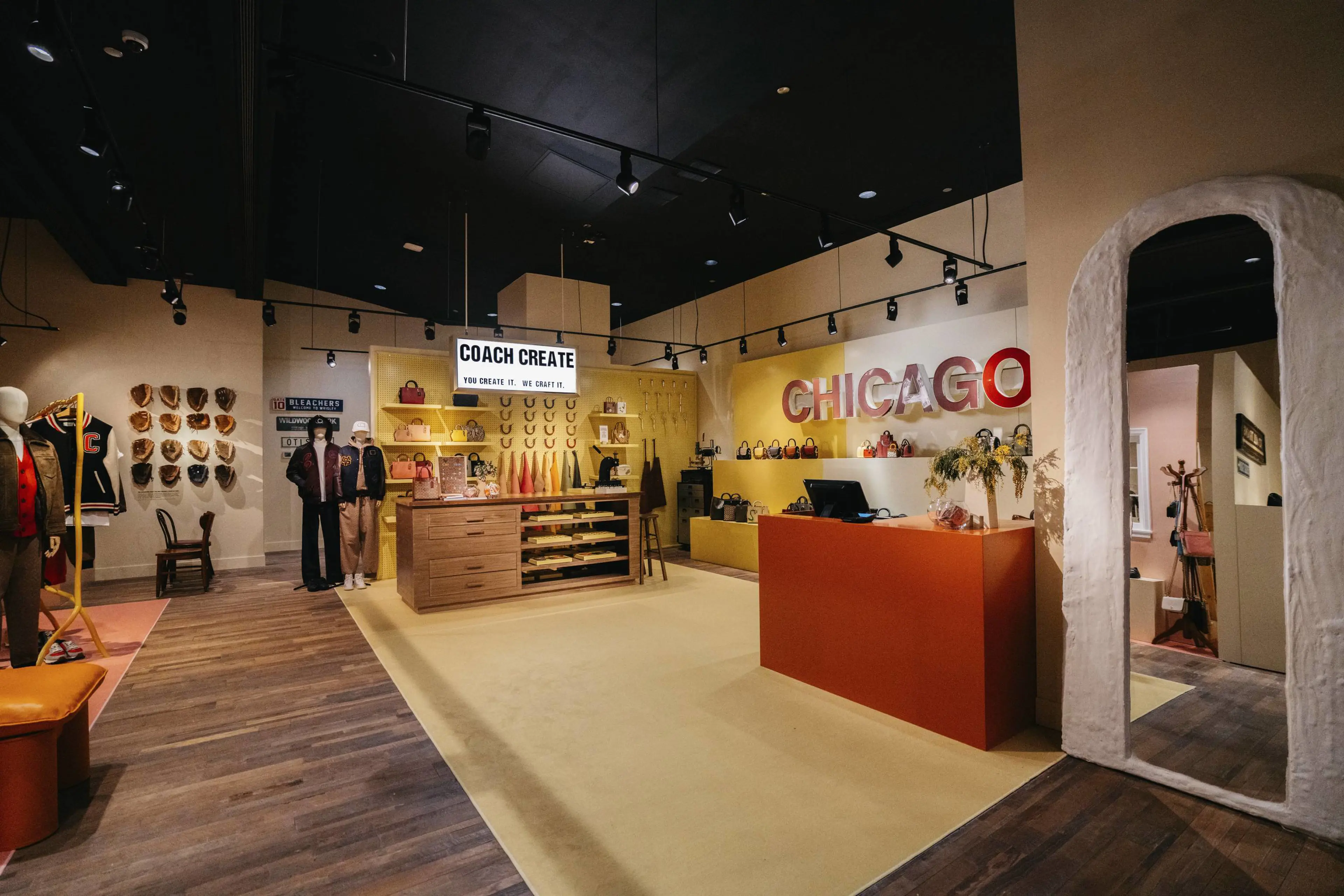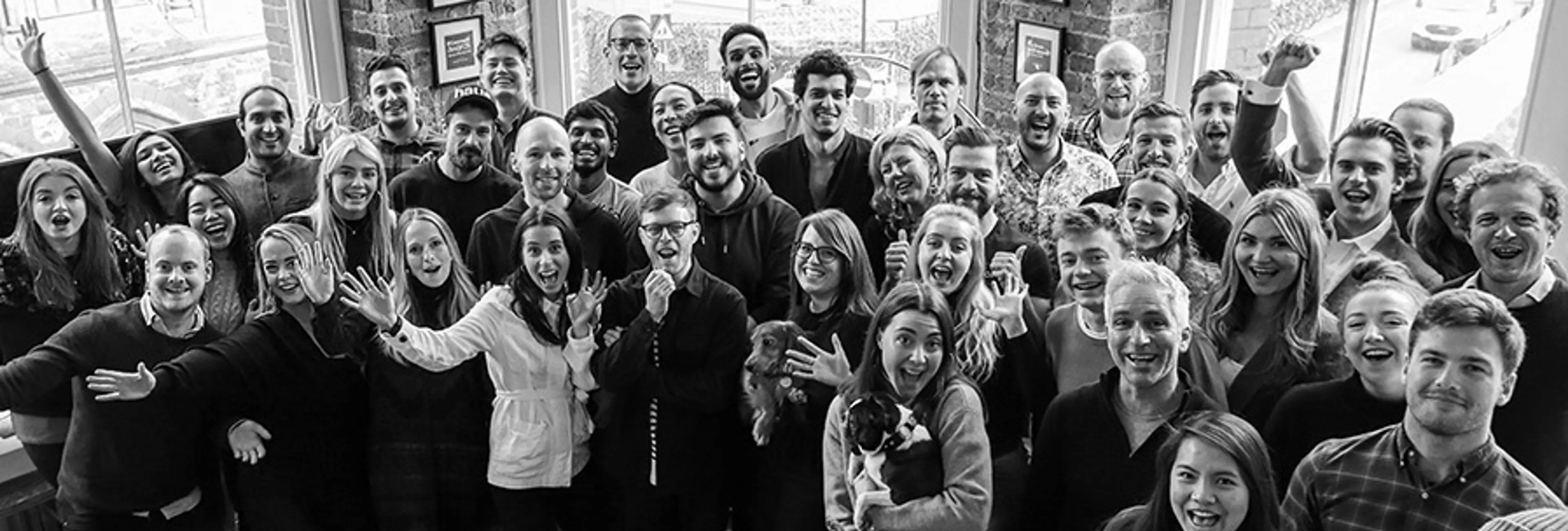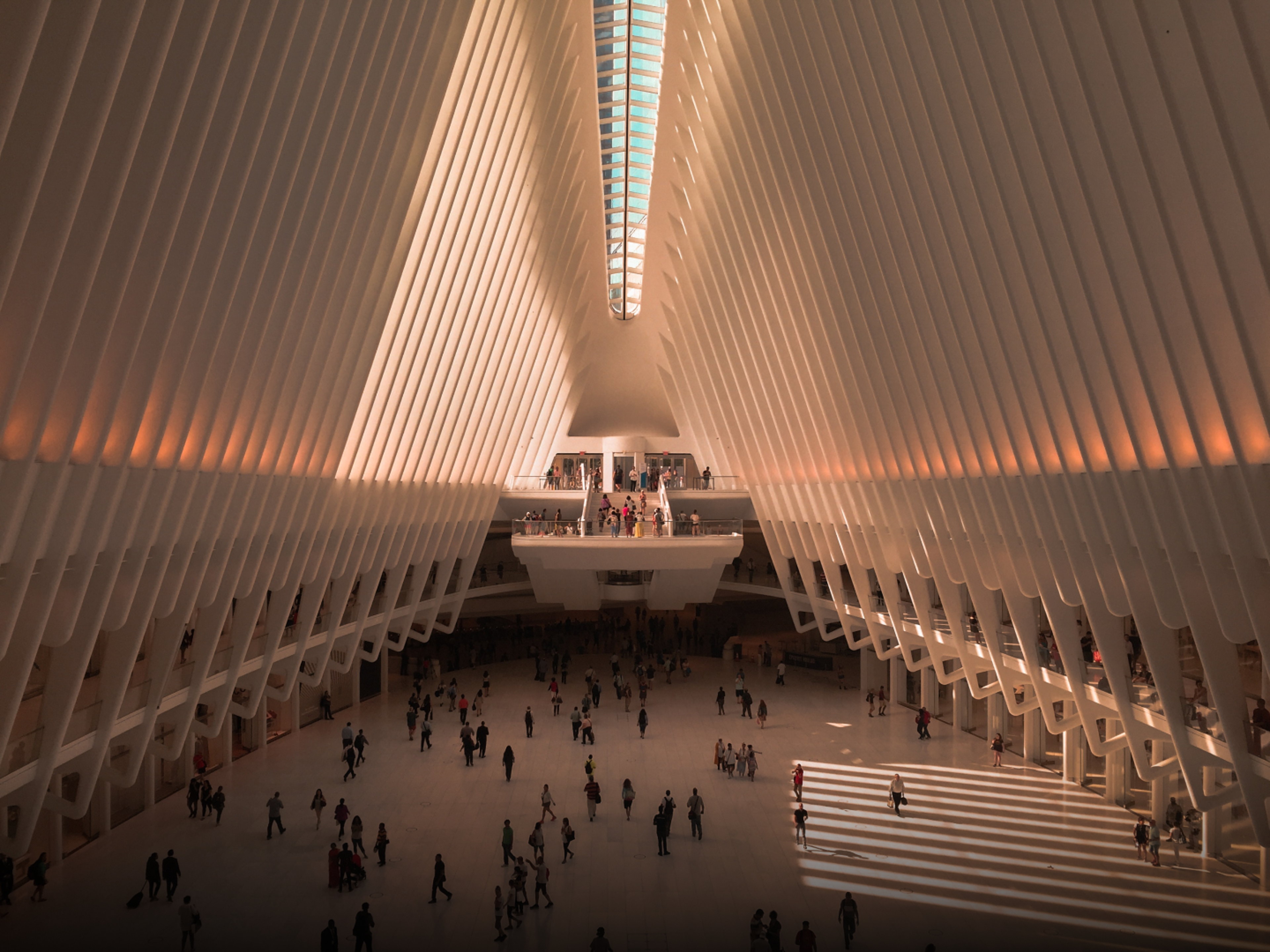
Brand & CX
1 Jun 2023
5 Min Read
Luxury Brand Experience: The Art of Attracting Increasingly Nuanced Audiences
Gone are the days of passive audiences, where each and every person could be neatly slotted into a one-dimensional persona. Unfortunately for luxury marketers and strategists everywhere, the ultra-high net-worth individual of the twenty-first century is not one person. Sharing a wealth bracket does not reconcile every other facet of identity into a singular figure. It’s never going to be that easy.
So how do brands serve spectrums of people? How can they maintain high levels of engagement? Beyond empty buzzwords like ‘authenticity’ and in line with rising demand for personalised product and service. Traditional luxury incumbents won’t like the answer.
We’re all creators.
Not in a biblical sense (although, sort of), but we’re all contributing to culture in some form or another.
What we’re perhaps failing to do as a society is see brands as creators too.
It’s been a long time since audiences were passive and working to a one-dimensional persona was the done thing. With notable success. Yet despite more active and dynamic qualities of audiences, decoding them isn’t as simple as asking what they want.
“If I would have asked people what they wanted, they would have said faster horses.”
Real innovation and defining experiences are born from empathy with our audiences. Because how can we cater to one, let alone multiple, identities if we don’t truly know them?
There are a million things which tie all of humanity together. But an infinite number of things set each of us apart. Brands will never be able to slot all of them into neat strategies or funnels. Where’s the fun in that?
What they can do, and should be doing, is architecting thoughtful, well-rounded experiences. Plural.
Why?
Because they can mean different things to different people. They’re interpretive.
Multifunctional products are effective, but experiences are far more liminal. Not to mention romantic. They can transcend more easily the value placed on a product by its creator.
As we learn more about generations of luxurians — current, new and next — brand-to-consumer connection and any subsequent loyalty are forming radical new meanings thanks to a portfolio of innovative experiences beginning to take shape.
Connecting Through Experience
Marketing teams across the world are haunted by the three objective prongs of audience development: deepening, broadening and diversifying.
- Deepening — Creating experiences for current audiences that are richer and more engaging will increase their level or frequency of engagement.
- Broadening — Attracting more of present target audiences who aren't already interested in the brand.
- Diversifying — Engaging visitors and participation from audiences that are not part of current audiences, such as underrepresented groups or niche communities.
At a time of limitless choice and when the cost of switching has never been lower, brands’ priority should be all three. Brand management has lost its cadence, and brand experience management is taking its place. Hoisted up high as a key differentiator in uncertain markets.
And while data is your best friend when it comes to knowing your audience, experience isn’t exclusively a numbers game.
Personalisation & Customisation
What started as a simple [INSERT NAME] code in branded marketing emails has become a driving force of brand engagement. Even beyond the luxury sector’s flexible boundaries, people are obsessed with terms like ‘bespoke’, ‘tailored’ or ‘one of a kind’.
In travel and hospitality, curated itineraries are top of the personalisation league. Hand-picked, unconventional destinations that aren’t packaged but painstakingly personalised to the individual are becoming the expectation with clients now coveting consultative, loyal travel planners as a luxury.
In retail, it’s all in the craftsmanship.
Luxury fashion house, Coach New York, launched an in-store experience earlier this year coined ‘Coach Create’, following the success of an online customisation service added to the brand in 2018.

Unveiled in the legacy brand’s most loved playground — their Coach Play Chicago store — it’s their first hyper-physical concept and brings the customer to the foreground of the maker’s experience.
The ‘craftmanship bar’, a leather artisan’s bench, is the centrepiece for customer and community creativity. The experience offers every opportunity for patrons to customise their own products, realised in 100+ options of materials, monograms and embellishments.
In a world of digital default, these kinds of experiences can be considered deliberately analogue. But they’re successful because connection goes beyond metrics. Not least because there’s an infinite amount of numbers. You hit one million subscribers and within 24 hours you’re gunning for one million and one.
Tangible experiences have just as much resonance with spectrums of identity than algorithm-driven recommendations. Too much reliance on automation will only alienate audiences, but interactive, immersive experiences are a surefire way to envelope them.
Co-Creation
Seemingly one of the newer concepts in business strategy, co-creation actually has a lengthy history in bolstering brand awareness and can frequently converge with concepts of customisation and personalisation.
The Coach Create concept also hosts workshops with local artists using a collection of 3D tools to allow high-level clientele to create one-of-a-kind pieces.
For British luxury icon Burberry, the concept of integrating customer creation began with their 2009 ‘Art of The Trench’ digital campaign which paired user-generated content (UGC) with a voting system for individual’s favourite styles. The co-created effect was twofold: existing customers were sharing their stylistic choices while aspirational customers could vote, like and share; catalysing conversations.
Burberry’s Global Services Standards Manager at the time, Francesca Danzi, reflected on the snowball effect of the campaign:
“The designers at Burberry took a lot of inspiration from the styling of these people around the world. They started to see trends and ways of wearing this garment across cultures, and across the world, and started to give inspiration and create opportunities for designers internally.”
The concept eventually morphed into a new iteration: Burberry Bespoke — a similar service to early versions of Coach Create where customers could design their won garments online.
Unsurprisingly, the perceived value of these items is far higher than standard products. Once again affirming the fact that we’re all creators. Brands who can make co-authoring IP a standout experience for existing and prospective customers will be yet another step closer to a sea of loyalty.
Collaboration
Fostering fandom is arguably beneath luxury brands. But fandoms are characterised by almost-irrevokable loyalty and engagement. And they come in all shapes and sizes.
Again, the issue for brands is the challenge of catering to many of these at once. The solution? Collaboration.
Even the most doubted products (NFTs, crypto, crocs) are backed up by those with gravitas — who provide story and context that drives status and creates value.

Take Francis Bourgeois: an endearingly-dorky 21-year-old who has gathered a huge following on his trainspotting videos, becoming the star of The North Face’s second collaboration with Italian luxury dominator Gucci.
TikTok’s favourite (and maybe only) trainspotter and unofficial GoPro advocate, Bourgeois plays the role of a train conductor leading carriages full of beautifully dressed luxurians on a vista-full journey through the French Alps.
It’s not experience in the most physical sense, but by using niche, eccentric cultural figures as stepping stones to your target audiences brands will contribute to an end-to-end experience that’s resonant and real.
Brand experience isn’t just one moment. It’s not an isolated pop-up, or a singular viral campaign. It’s not even five consecutive viral campaigns. It’s an entire end-to-end journey, made up of every interaction a person has with a brand.
Although there’s no way to reconcile every facet of identity in sprawling, nuanced audiences, there are countless crossovers on tap — whether they’re interests, values or shared experiences. And while automation and data may seem like the easier route to tackling the individual, the far more fruitful option is to start small: connecting and reconnecting with people, instead of computers.
For more luxury insights, trend capture and future mapping, subscribe to our monthly circular — value delivered straight to your inbox. Get in touch via [email protected] to chat to one of our consultants and find out more about our services.
Brand & CX





